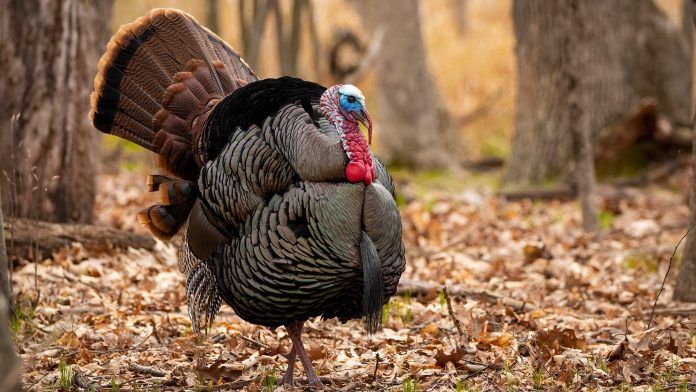For the past three weeks we’ve been highlighting the 2023 Best Days of the Turkey Strut and leaning on the advice of experts from all around the country on how to hunt those those days when you just need to be out there. This week, we turn to public-land Pennsylvania gobbler guru Steve Sherk of Sherk’s Guide Service for insight into his favorite day for tagging a Keystone State longbeard. While the breeding cycle is typically gathering steam in his area right now, Sherk notes that hunting pressure, rather than hen interruptions, will be his main concern in the turkey woods this weekend. But he knows how to deal with it.
In the meantime, turkey seasons are in full steam across much of the country. Though a handful of states will wait for a May Day opener, the vast majority of the nation’s hunters are hard at it by now, so advice on dealing with competition should be welcome. In the South, seasons are winding down and the majority of gobblers have heard a hunter-produced yelp or two. The expert for this day is well-versed in dealing with birds that have experienced some pressure, so let’s hear what he has to say.
The Pro: Steve Sherk, Pennsylvania

Steve Sherk has been hunting the big-woods habitat of Pennsylvania’s Allegheny Mountains since he was a kid. Those decades of experience led him to start Sherk’s Guide Service, which focuses primarily on whitetail hunting, but Sherk takes a limited number of turkey hunting clients as well. Keystone State gobbler chasers are a passionate bunch, and even though he hunts some huge country, Sherk knows he’ll have to deal with hunting pressure if he’s going to bag a longbeard. To pull it off, the mountain-hunting veteran relies on an intimate knowledge of his hunting area and his ability to read gobbler behavior.
The Strut Stage: Peak Breeding
With decades of chasing the big-woods birds of the Alleghenies under his belt, Sherk says that he’s noticed a definite shift in breeding cycles based on weather. “Though we still get some serious winter weather, it’s getting milder on the whole, and winter doesn’t last as long. From what I’ve seen, breeding behavior has started earlier, and our birds are getting ramped up by early- to mid-April now. By the last Saturday in April, I can pretty much count on dealing with a lot of hens. But that’s just a part of turkey hunting; I focus a lot more on adjusting to what other hunters are doing. Hens shift to areas where they’re not getting bothered as much, and then gobblers follow. That means that if you want to stay into bird, you need to do the same. You have to lose the competition to find the birds.”
Expert Tactic for April 30: Go to the Remote Gobbler
If chasing public-land turkeys sounds a lot to you like public-land deer hunting (as in, get away from other hunters first), then you’re exactly right, according to Sherk. “There are a lot of turkey hunters here, and some of them are pretty good,” he says. “Fortunately, there’s an unwritten rule most of us observe; if someone’s vehicle is parked at a road head, you go somewhere else. Still, I do my best to focus on turkeys that haven’t been worked too hard, and to do that it means walking. Most of my hunts start with a pretty hefty walk that begins well before daylight.”
Once Sherk has covered enough ground to lose the competition, he relies on a boat-paddle-style box call that can reach out to distant birds and pull a gobble from a tom. “I start by searching out spots where I’ve had success in the past, as at least 70 percent of the time, gobblers will remain faithful to an area for multiple years,” he says. “I call these spots ‘breeding areas,’ and they’re typically lightly logged areas with small openings that make good nesting cover for hens.
Sherk says his paddle-style box, a Quaker Boy Road Warrior,” reaches out and sounds like a raspy hen at a distance and that his success at striking gobblers soared when I learned how to run that call. “Once I locate a gobbler, I try to cut the distance, using a locator call, until I I’m between 100 and 200 yards away, depending on the foliage and terrain; it’s super easy to get busted now, as leaf cover lets gobblers see a long ways in the timber, but I can get closer later.” Once he is in position, Sherk will yelp at the tom, and if he gobbles, he may try to cut the distance by another 50 yards or so. “Then I set up and try not to call again. I want that tom to come in looking. He knows exactly where he heard that hen. If he’s looking there instead of at me when he walks into range, he’s probably going to be wearing my tag. ”








